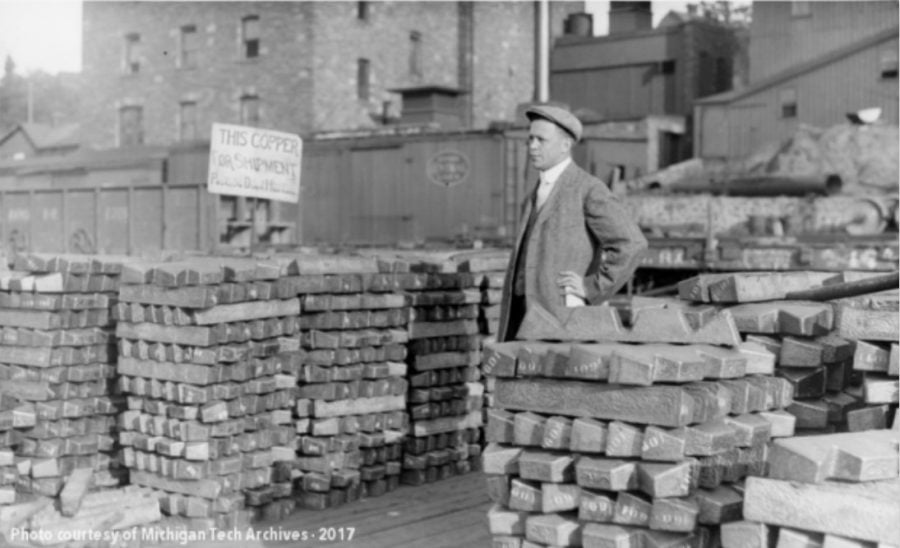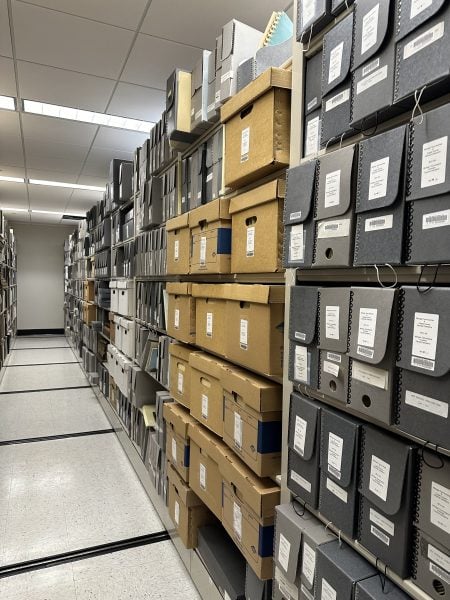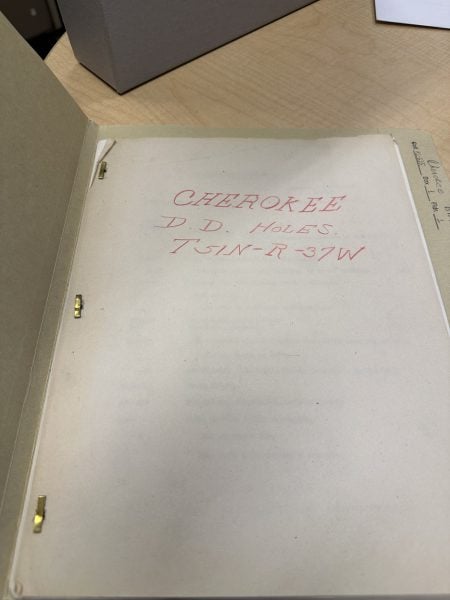Preserving historic copper mining records is at the heart of an exciting new project at Michigan Tech! Led by James DeGraff, GMES Research Professor, a team of researchers has secured $118,898 in matching grant funding from the National Park Service (NPS) to archive records through advanced digitization.
Titled “Preservation, Indexing, and Enhanced Utility of Historic Copper Mining Drill Hole Records,” the project is part of the NPS Save America’s Treasures Grant Program, which is dedicated to safeguarding the nation’s cultural heritage. Established in 1988 to celebrate America’s premier cultural resources, Save America’s Treasures grants this year funded 59 projects through the Historic Preservation Fund that will preserve nationally significant sites and historical collections in 26 states and the District of Columbia.
The team will digitize and organize records from over 650 drill holes from 1899 to 1970, creating an interactive map that will be accessible to the public. Copper mining on the Keweenaw Peninsula dates back more than 8,000 years, but an influx of miners in the 1800s—spurred by technological advances and rising demand for copper—made the region a hotbed of activity.

Congratulations to DeGraff and his co-investigators—Lindsay Hiltunen (VPOL), Don Lafreniere (SS/GRF), and Erika Vye (GLRC)—on this impactful initiative! The copper mining records hold significant historical and scientific value. They showcase the evolution of drilling technology and geology while contributing to current efforts to secure critical minerals from domestic sources.

